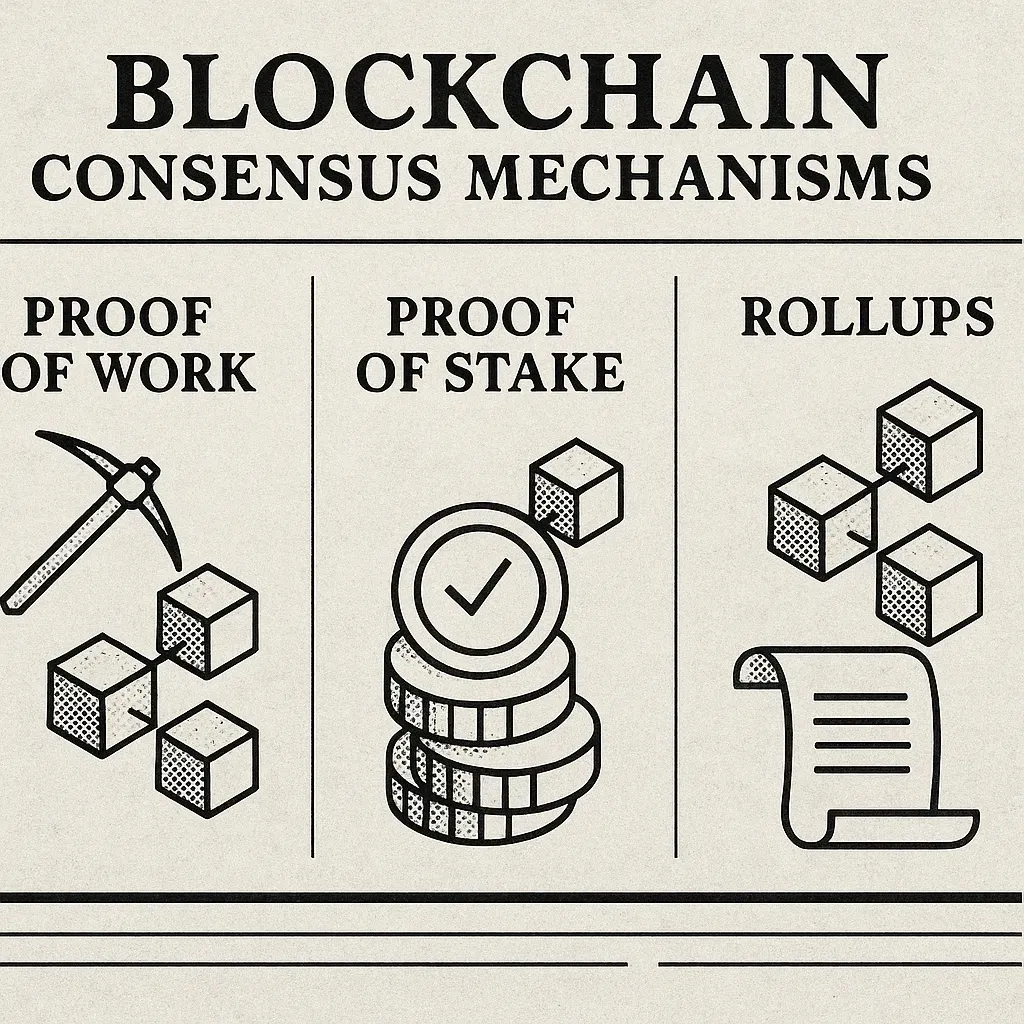
Blockchain Consensus Mechanisms, Once and For All: PoW, PoS, and Rollups
In the rapidly evolving world of blockchain technology, understanding how networks reach agreement or consensus is paramount. Three primary mechanisms dominate the landscape: Proof of Work (PoW), Proof of Stake (PoS), and Rollups.
PoW the original consensus mechanism, underpins Bitcoin and was Ethereum's foundation until its transition in 2022. It requires miners to solve complex mathematical puzzles, consuming significant computational power and energy. While PoW is lauded for its security and decentralisation, its environmental impacts have drawn criticism.
PoS emerged as a more energy-efficient alternative. Validators are selected based on the amount of cryptocurrency they "stake" or lock up as collateral. Ethereum's shift to PoS reduced its energy consumption by approximately 99.95%. However, concerns about centralisation persist, as those with higher stakes have greater influence over the network.
Rollups
Rollups are Layer 2 solutions designed to enhance scalability. They process transactions off-chain and then post the data to the main chain, reducing congestion and fees. Optimistic Rollups assume transactions are valid by default, while Zero-Knowledge (ZK) Rollups use cryptographic proofs to ensure validity. These solutions are pivotal in Ethereum's roadmap to increase throughput without compromising security.
Conclusion
Each consensus mechanism offers distinct advantages and trade-offs. PoW provides robust security at the cost of energy efficiency. PoS offers a greener alternative but raises questions about centralised systems. Rollups present a promising path to scalability. As the blockchain ecosystem matures, a combination of these mechanisms may offer the optimal ideal balance between security, efficiency, and decentralisation